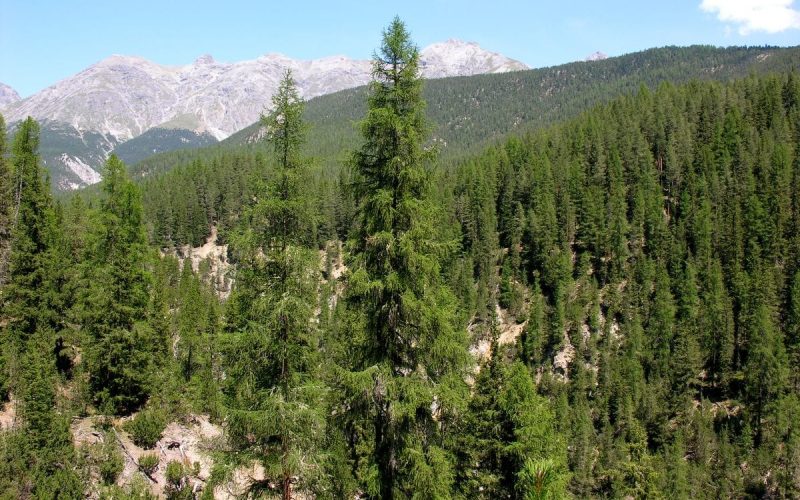A forest is a large area with numerous trees, plants, and animals. Forests are home to most creatures, which are critical to our survival.
They are also beneficial to humans, and we will find them everywhere. Forests are the most frequent terrestrial ecosystem on Earth, with over half of the world’s forests concentrated in only five countries.
The tropical latitudes have the most forests, followed by the boreal, temperate, and subtropical realms. However, let us discuss the different types of forests that exist.
1. Tropical Evergreen Forest
A tropical evergreen forest is a type of woodland with entirely evergreen trees. They grow in various climatic zones, including eucalyptus, conifers, and holly in cold regions.
These dense forests are found near the equator and the tropics, and they receive more rain throughout the year than other forests.
Because these forest trees do not shed their leaves completely, they remain green all year. Rosewood, ebony, and mahogany are among the hardwood trees found here.
Many different plants and animals coexist to ensure the species’ survival. The cohabitation of plants and animals results in the existence of a biome.
A biome groups all fauna and plants that dwell in a specific area defined by geographical borders.
2. Temperate Evergreen Forest
This forest is among the different types of forests. These evergreen forests are primarily in warm summers and cool winters, and their plant life is diverse.
These progenitors are usually around the continents’ eastern edges. There are both hard and soft trees in this category.
Among the different forests, temperate evergreen forests consist of only conifers, and they might also mix conifers, evergreens, and deciduous trees.
Winters in northern evergreen forests are often lengthy, cold, and snow-dominated. However, precipitation and temperatures are more equally distributed throughout the year in southern coniferous forests.
3. Tropical Deciduous Forest
Among the different types of forests, the tropical deciduous forest is the most common. It grows in areas that receive a lot of rain for part of the year and then has a long dry season.
These forest formations are dense and lush during wet summers, but when most trees lose their leaves during dry winters, they become barren.
Sandalwood, teak, neem, and rosewood are among the trees here. Timber from tropical deciduous forests is commercially exploited, and people get furniture, transportation, and construction components from hardwood trees.
The most critical habitat areas are deciduous woods. The principal sources of food and shelter for many wildlife species are deciduous woods and trees.
4. Temperate Deciduous Forest
The temperate deciduous forest is a dynamic ecosystem that changes constantly, and it is part of the different types of forests.
The four separate seasons are as follows: winter, spring, summer, and fall. Summers are scorching, and winters are freezing.
Depending on the season, rainfall in temperate deciduous forests ranges from 30 to 60 inches per year.
However, people experience precipitation throughout the year in this biome. As a result, the trees in these woods lose their leaves throughout the dry “season.” Trees such as oak, ash, and beech are expected in this area.
Furthermore, many foxes, deer, wolves, and other wild animals are found in these forests.
5. Coniferous Forest
Coniferous forests are one type of forest. They can support several plant species and generally have warm summers and mild winters.
They also go by the name of Taiga. Trees that grow pretty tall and have softwood are known as sycamores.
Generally speaking, coniferous woods grow in climates with long winters and short summers, such as the northern hemisphere.
It covers North America, Europe, and Asia and extends to the southernmost edge of the northwestern tundra.
In contrast to deciduous forests, Coniferous forests often thrive in less productive soils.
6. Mediterranean Vegetation
The Mediterranean vegetation is characterized by evergreen shrubs and sclerophyllous trees that have evolved to cope with the unique climatic regime of summer drought and cool, rainy winters with only rare frost.
It is typically found around the Mediterranean Sea in Europe, Africa, and Asia. However, the central region’s oranges, figs, olives, and grapes are common citrus fruits.
Spring, when the soil is moist, and the temperatures increase, or autumn, after the first rain, is the best time for vegetative development. Temperatures of 10°C or less in the winter are already too cold for growth.








